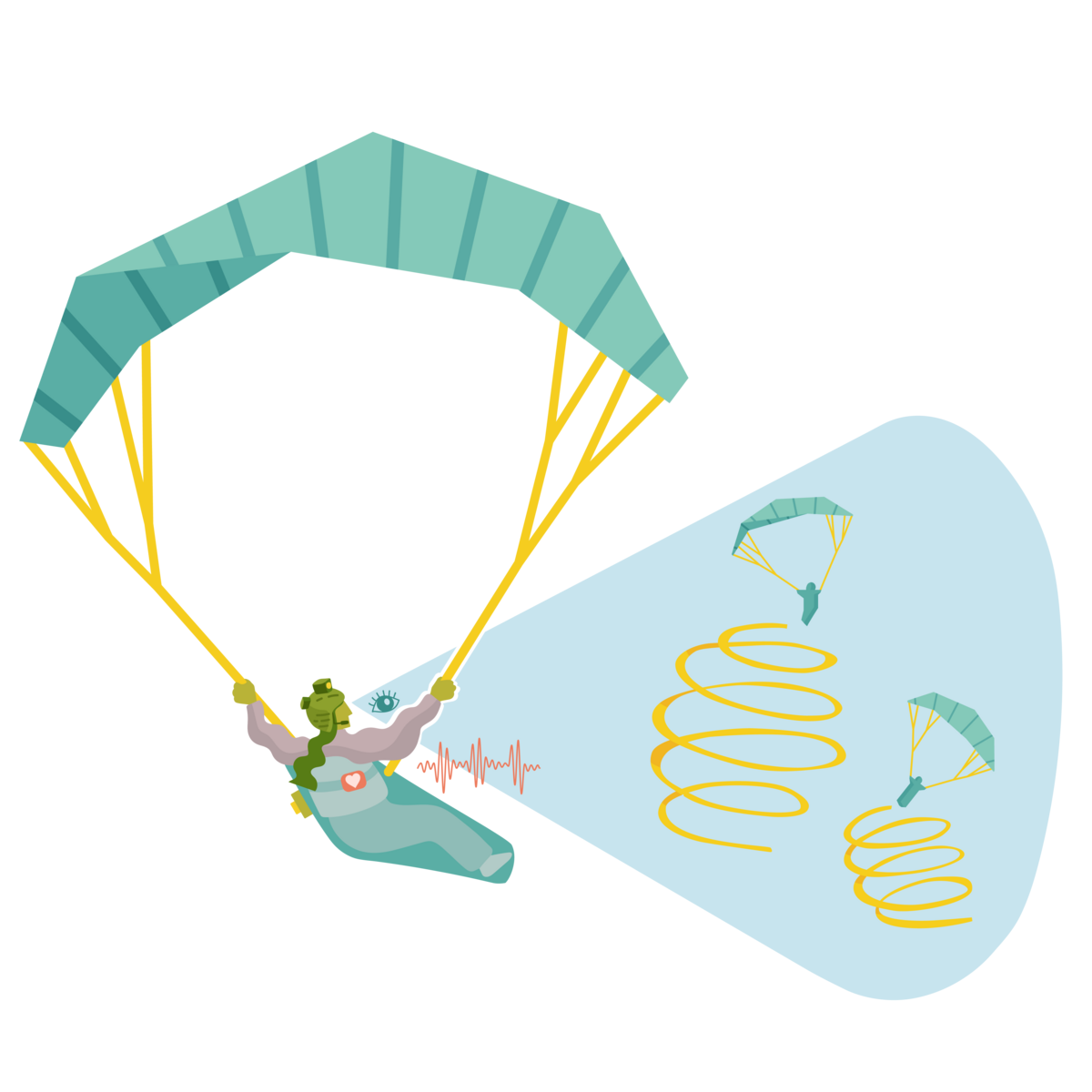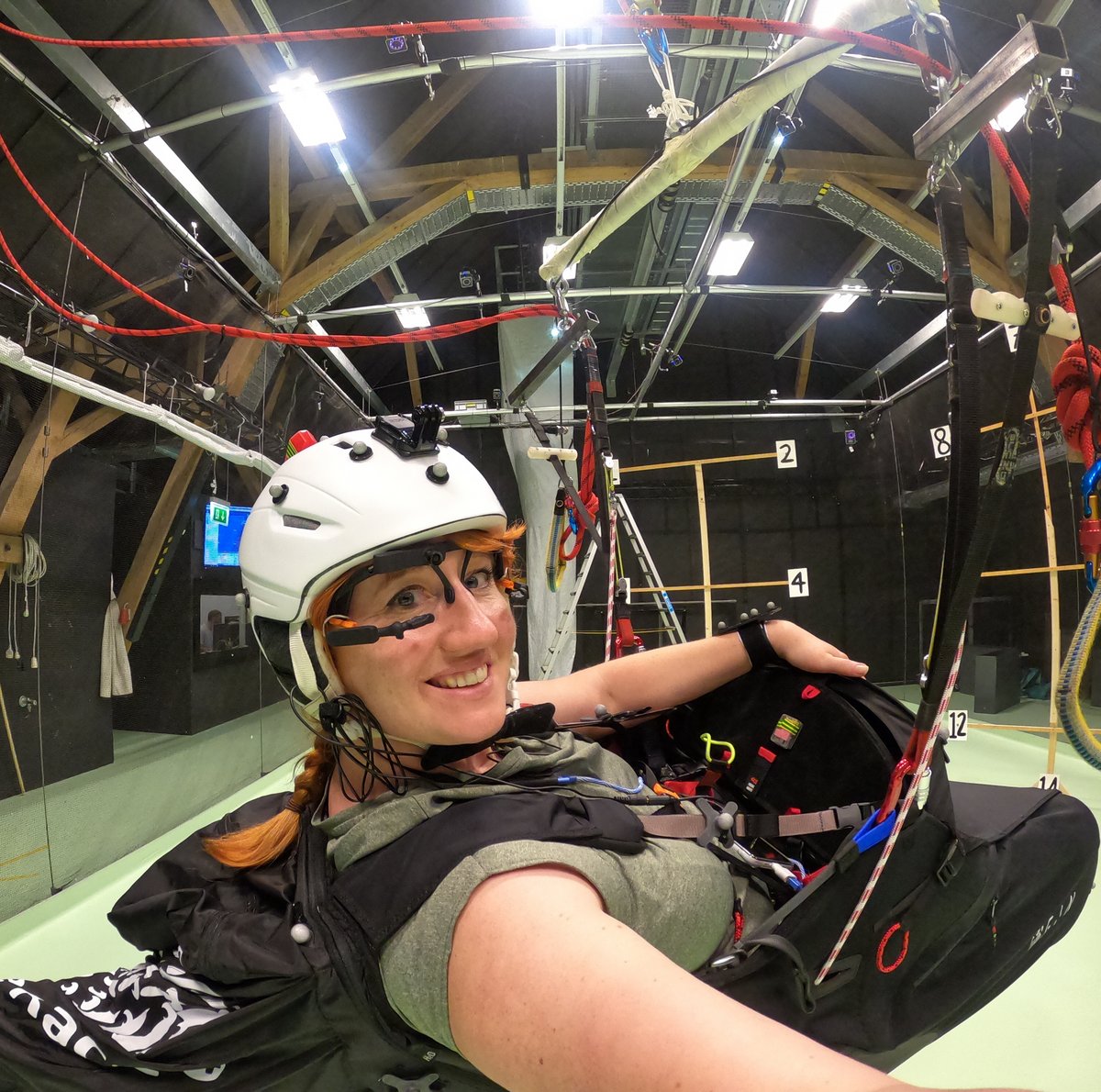
New insights into the operation of animals
How free-flying paragliders can reveal information about the animal world
COVID-19 highly influenced researchers and many exciting topics arose not only directly about the virus and its impacts, but also due to the lack of field work or certain study settings. Researchers needed to think outside the box, which is how the paragliding study of movement ecologist, Hannah Williams, was born.
Williams wanted to study collective soaring in the vulture and condor species, which required international travelling. Therefore, she now explores the mechanisms by which moving beings can gain information on energy from their landscape by observing the energetic investment of locomotion and movements of others.
We are using technology and sports to gain a completely new insight into how animals operate – using the tangible human system and unique technology to look through the eyes of birds.
To do this, Williams and her colleagues are attaching sensors to a group of free-flying paragliders, including head-mounted units and eye trackers to resolve what social cues they observe in flight to get up-to-date information on airflows – the energetics of the system. Firstly, they calibrate the accuracy of this technology using the motion capture system of the Imaging Barn in Möggingen, and secondly, they investigate the consequences for human and animal collective movement strategies.
“The project Social sampling of the energy landscape: observing airflows for cost-efficient collective movements is focused on an individual using information provided by the collective, but with the data collected we can also approach the question from the larger group level over the spatial scale of a mountain valley”, says Williams. She hopes that she can marry these two scales to explore the use of social information in movement energetics over the next year.
It is a highly interdisciplinary proposal that studies ecology to analyze animal movement, human psychology in terms of individual, and collective decision-making to evaluate risks involved, computer science to visualize gaze in flight (i.e. to see what paragliders see), and mathematics to determine head orientation and eye-focus.
Imaging Barn makes the examination possible
Even though the project just started in May 2021, Williams is sure that her research team will get very important insights: “We are using technology and sports to gain a completely new insight into how animals operate – using the tangible human system and unique technology to look through the eyes of birds.” They also recorded human heart-rate during flight. “It is amazing how every decision involves some level of stress,” says Williams after a first look at the data: “Thinking about stress in movement decisions is something that has not been possible to consider in my previous work with soaring birds.”
Williams is “very happy,” as she says, to have had the luxury of blue-sky thinking and a creative approach to this research. “That has only been possible with the cluster’s support and expertise. Without the facilities, we could not attempt to comprehensively investigate the use of social information in free flight and in a natural environment where conditions are highly variable.” Pretty sure there will be more unexpected results and insights that will come from this unexpected work over the next few years.

